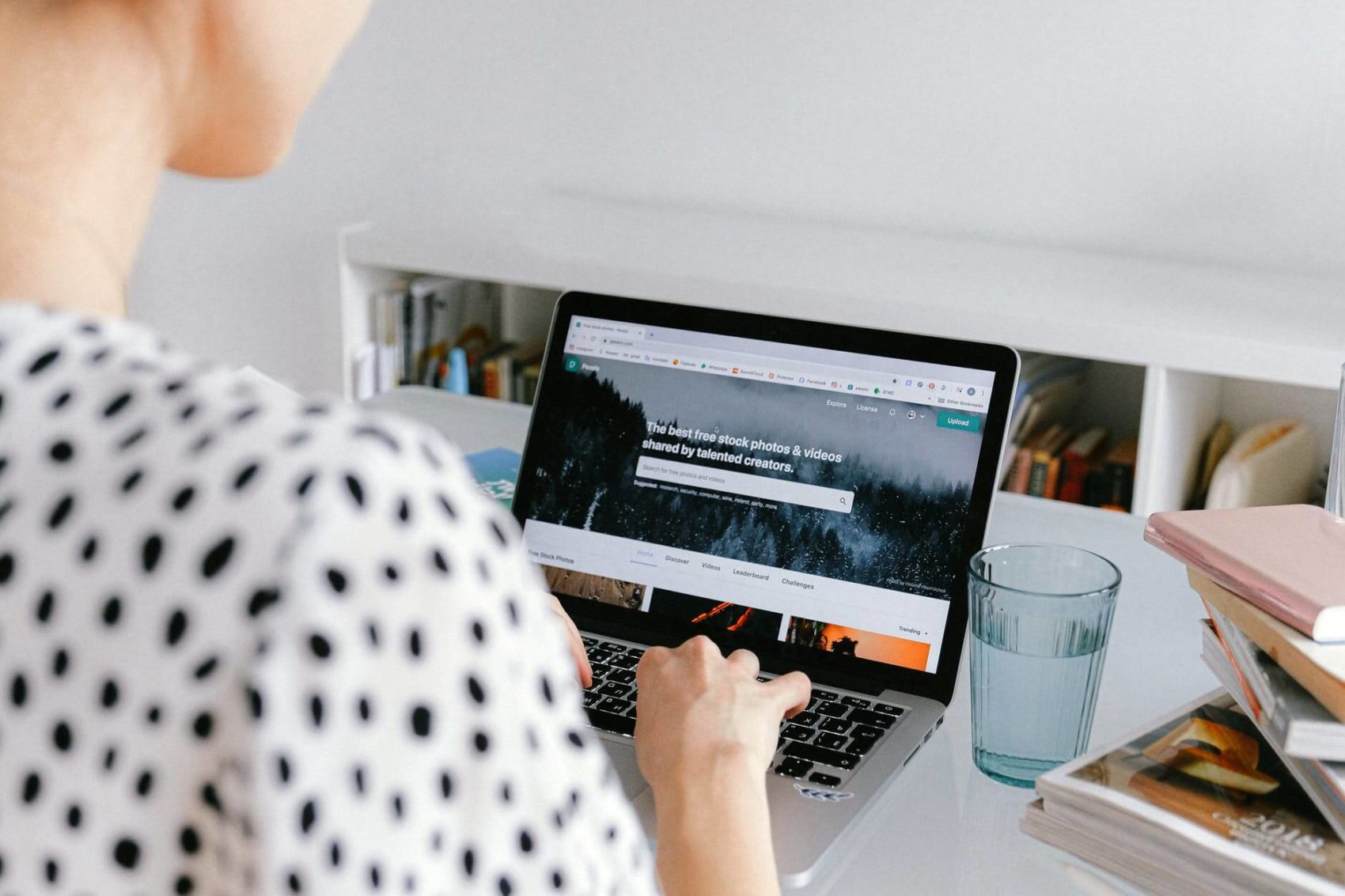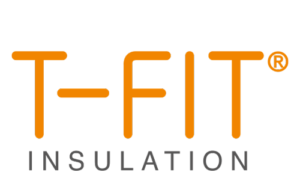SEO Image Optimisation – How to optimise images for SEO
As optimisation of web content and articles becomes more and more centred around the user experience and providing quality content is paramount, the need to present your content in an engaging and exciting way has becomes an absolute necessity. A great way to compliment your wise words is with images. To many these images just seem like icing on the cake, but far from just offering a nice finish to the text they offer far more in the SEO and CRO stakes.
Look at me!
Images are a form of CRO in their own right. They attract the eye and make dry lifeless text look appealing. They can break a long substantial article into bite-size pieces perfect for the internet reader. Images can highlight relative points and guide searchers scanning through the text. All of this heightens the chances that the reader will click on calls to action, or links to services in your website.
Which images?
Of course you have to ensure images included on your site are not copyrighted. Also beware of using too many photos from stock photo sites as they can tend to look tacky if overdone. There are lots of free images to be found on such sites as flickr and Wikipedia commons. And you don’t just have to think photo. Graphs, animations, cartoons and stats can all help you draw the reader in and emphasize the point you are making. Images of your team are great for adding personality to your crew and your brand which means getting your camera out at some stage can be a great investment.
Loading times are important
Graphics and images tend to be much larger files to download then an article of text. The last thing you want to happen is visitors getting frustrated over the time it takes the page to download. So scale the image to the size you want to show. File size is separate to the actual physical size of the image. When reducing file size you will also loose quality so there needs to be a fine balancing act here.
Getting the name right
Most images come with very odd names (such as 32g965490b.jpg) which neither describes the picture nor helps with your SEO. Change the name of the image to reflect its composition but go that extra mile by adding relevant keywords or phrases to the content on the page. When Google passes through it will read the text and the keyword in the name of the image, but keep the file name relevant to the image.
Alt text
Sometimes images cannot download when the page downloads. “Alt text” is found in the coding of the page and when inputted will show text describing the missing image. Alt text is also used by screen reader software so that a person who is listening to the content of a webpage (for instance, a person who is blind) can interact with/understand this element. Again, this is a great place to add relevant keywords within the description of the image. The alt text is very simple to enter and would look something like this:
<img src= “videos.jpg” alt=”horror videos”>
Showing Google the way
Just like ordinary XML sitemaps enable Google to navigate much easier throughout your site, Google image sitemaps gives Google a clear idea of the location of your images throughout your web pages.
Caption that!
Not all images will call for captions – as the saying goes “a picture is worth a thousand words”. But by adding a caption to your image you enhance scanning for the readers and it also offers you another chance to add keywords and keyphrases.
Images on Responsive websites
Finally, we’ve seen a lot of responsive websites recently that haven’t had made their images responsive, meaning that the user experience is poor when using the site on a mobile browser. This is an important area to keep in mind when managing a responsive website.
To make your images responsive add this to your CSS Stylesheet:
img{
width: 100%;
}
You should either upload the images at the correct size, or you should use the ‘max-width’ function:
<img src=”images/photo.jpg” style=”max-width: 300px;”>
This will help to ensure site visitors using mobiles do not have to scroll left or right to view the entire image.
Struggling with image optimisation? Talk to us. Call us on 01483 429222. For more detailed information on creating digital leads and increasing click-throughs see our services page on visitor generation and digital conversions







